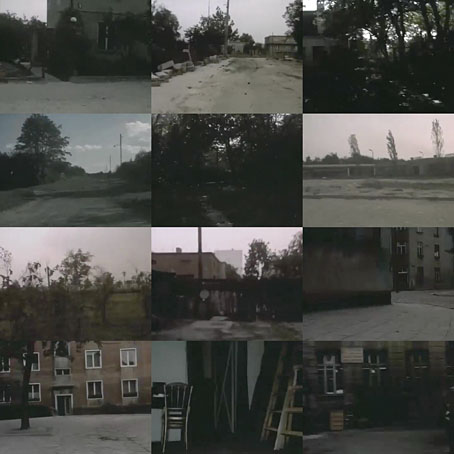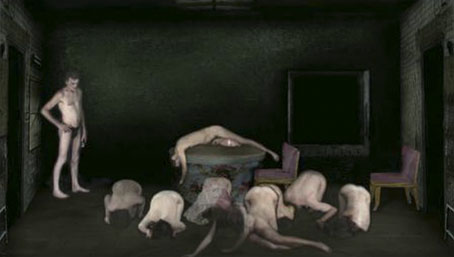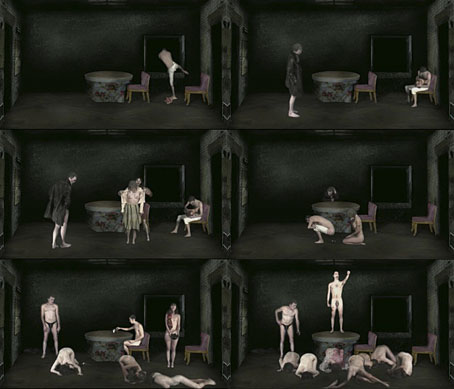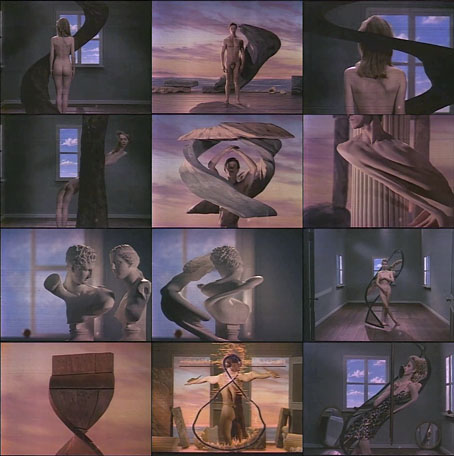The title translates as Oh, I Can’t Stop!, and the camera shows 10 minutes of unstoppable momentum beginning with a stealthy creep through woods on the outskirts of a Polish city, and quickly evolving into a hurtling flight through streets, yards and buildings. The viewer is left to guess at the identity of the point-of-view but given the sounds of destruction the thing produces it’s evidently large and heavy. When you start to think you’ve got the measure of this film it speeds up even more. Oj! Nie moge sie zatrzymac! was made in 1975, a few years before Rybczynski’s Oscar-winning Tango. Watch it here.
Previously on { feuilleton }
• The Fourth Dimension
• Tango





